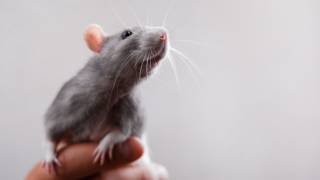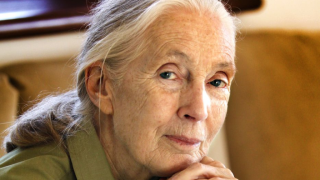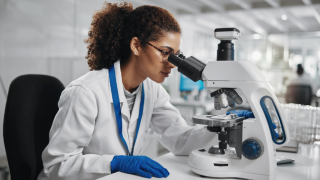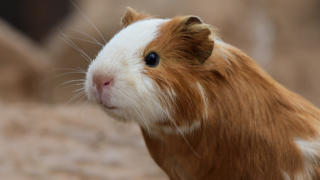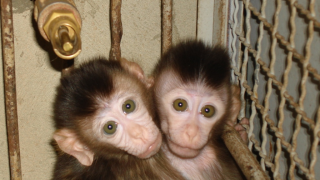Most drugs do not work on most people
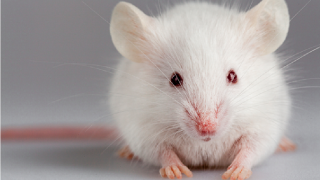
Most drugs do not work on most people. In fact the top ten highest-grossing drugs in the USA only help between 1 in 4 and 1 in 25 people who take them.1 This is thought to be due to differences between people in their reactions to drug and disease. Many scientists are realising that treatments need to become ‘personalised’ to tackle this inter-personal variation.
Disturbingly one form of personalised medicine that appears to be gaining ground is the idea of ‘mouse avatars’. Used in the field of cancer research, live mice are used in cruel and painful tests to find the best cancer treatment for a single person. As reported recently in The Scientist and Nature, however, reviews have shown that this approach is impractical, expensive and has not been proven to improve patient outcomes.2,3,4
To create personalised ‘mouse avatars’, tumour cells from a cancer patient are implanted into several mice whose immune systems have been destroyed. Tumours are usually implanted underneath their skin but can also be placed in the site that they would be expected to arise naturally (e.g. in the mammary glands for breast cancer). The mice are then injected with various drugs to see which ones are most effective at shrinking the tumour, before those same drugs are given to the patient. The mice are then killed.
This cruel technique was first developed in the 1980’s by a German scientist before he himself dismissed it as a routine treatment option. Firstly, he found it highly impractical as the tumours can take up to six months to develop in mice, which can be too late for cancer sufferers. There is also no guarantee that patient-derived tumours will grow in mice at all with more recent research finding that only 40% of the tumours grew. Finally, the cost of maintaining successfully created ‘mouse avatars’ and then treating them with expensive drugs is extremely high and therefore unaffordable for most patients. Despite this, a company in the US has re-sparked interest in this cruel use of mice and has already begun offering it to private patients.2
Importantly however, aside from a handful of success stories, there is no evidence that using these poor ‘personalised’ mice actually works. A complex human tumour transplanted into a mouse might not behave the same as it did in the human breast, lung or other organ from which it was extracted. The way a human patient’s immune system will react to various drugs or interact with tumour cells can’t be predicted in these mice. Also, transplanted tumours almost never spread, which is the leading cause of cancer deaths in humans.
Rather than subjecting mice to such inhumane suffering, we say that researchers should focus on the use of more human-relevant approaches to personalised medicine. Genetic tests are already being used to identify specific mutations within a cancer patient’s tumour, which can help identify what types of drug treatments will work the best.5 Realistic 3D tumour models can also be grown from tissue samples taken from cancer patients and have recently been used to screen cancer drugs with promising results.6 Matthew Garnett, a researcher at the Sanger Institute working with 3D tumours said that they “should be much better models for studying cancer”.7
Sources:
- Comment: Personalized medicine: Time for one-person trials. Nature 29 April 2015.
- My mighty mouse. (2015). The Scientist: http://www.the-scientist.com/?articles.view/articleNo/42470/title/My-Mighty-Mouse/
- Cancer avatars need refinement for successful personalised therapies. (2015). Genetic Engineering & Biotechnology News: http://www.genengnews.com/keywordsandtools/print/3/38231/
- Examining the utility of patient-derived xenograft mouse models. (2015): Nature Reviews Cancer, 15: 311-316.
- Searching for a trait. (2014). Pharmaceutical Journal, 2 Dec: http://www.pharmaceutical-journal.com/news-and-analysis/features/sequencing-cancer-genomes-to-tailor-treatments-to-individual-patients/20067273.article
- Prospective derivation of a living organoid biobank of colorectal cancer patients. (2015). Cell, 161(4): 933-945.
- Personalises cancer treatment as step closer with world’s first ‘living biobank’. (2015). Food, NDTV: http://food.ndtv.com/health/personalised-cancer-treatment-a-step-closer-with-worlds-first-living-biobank-761539


